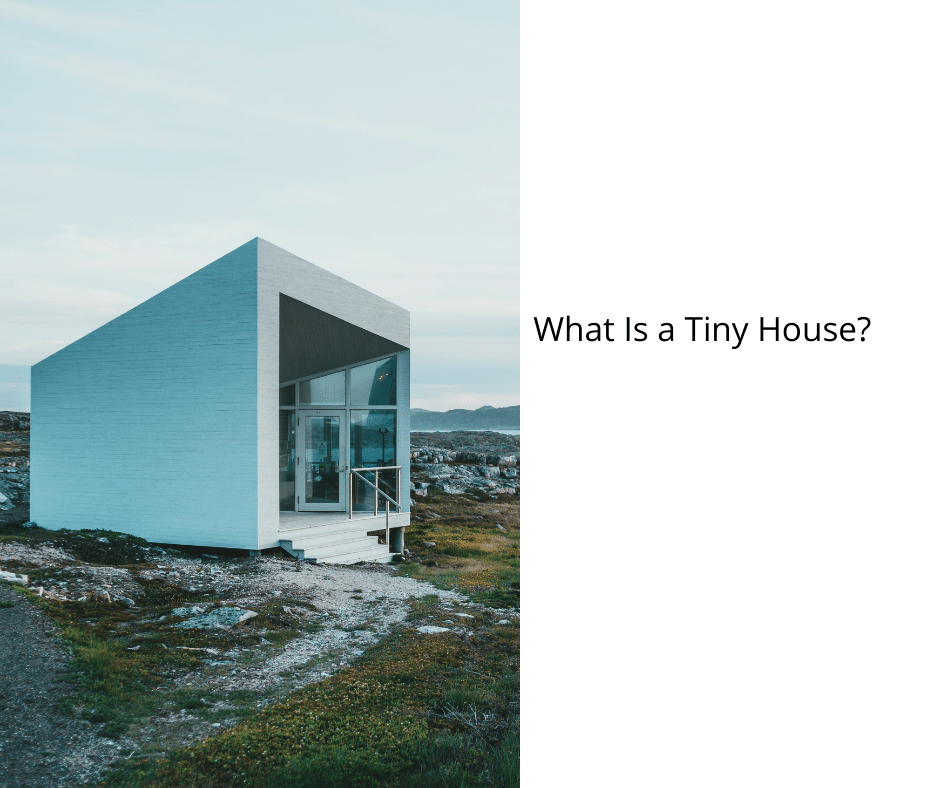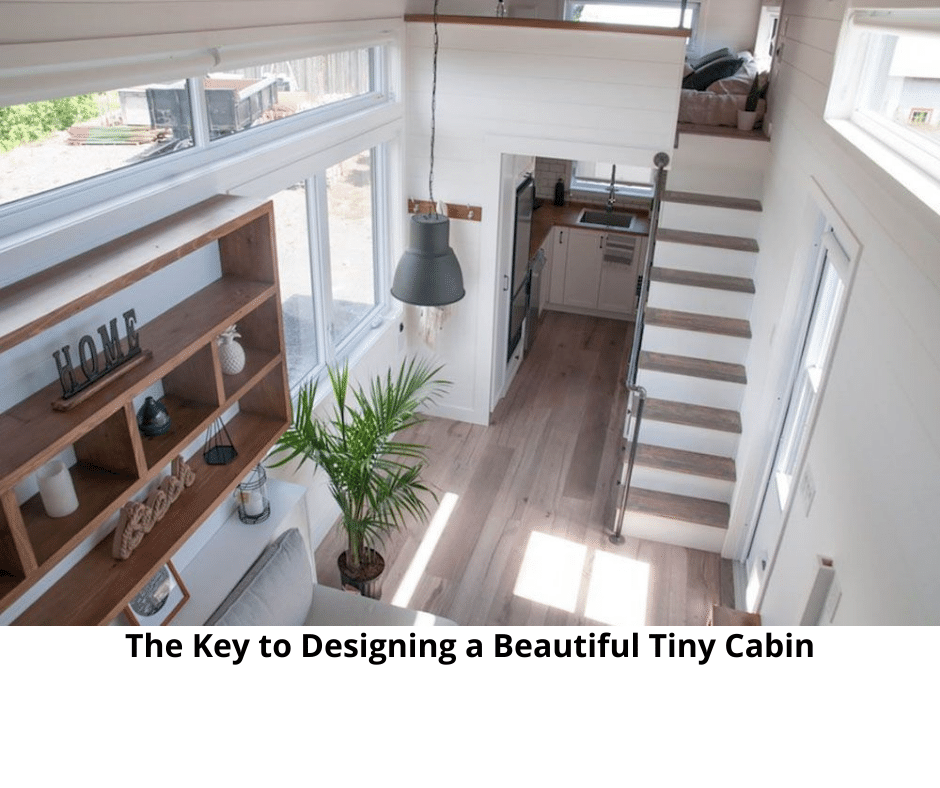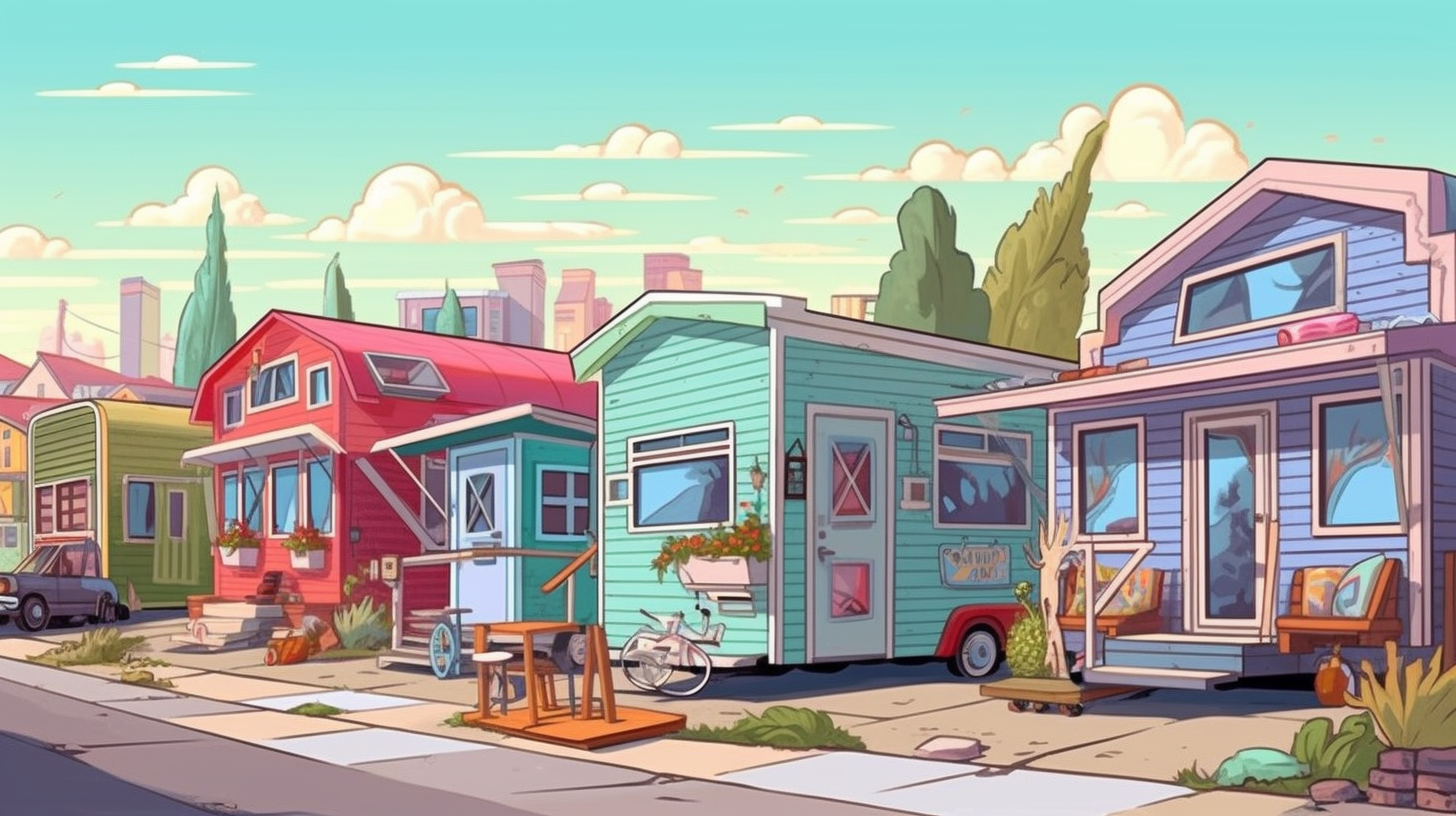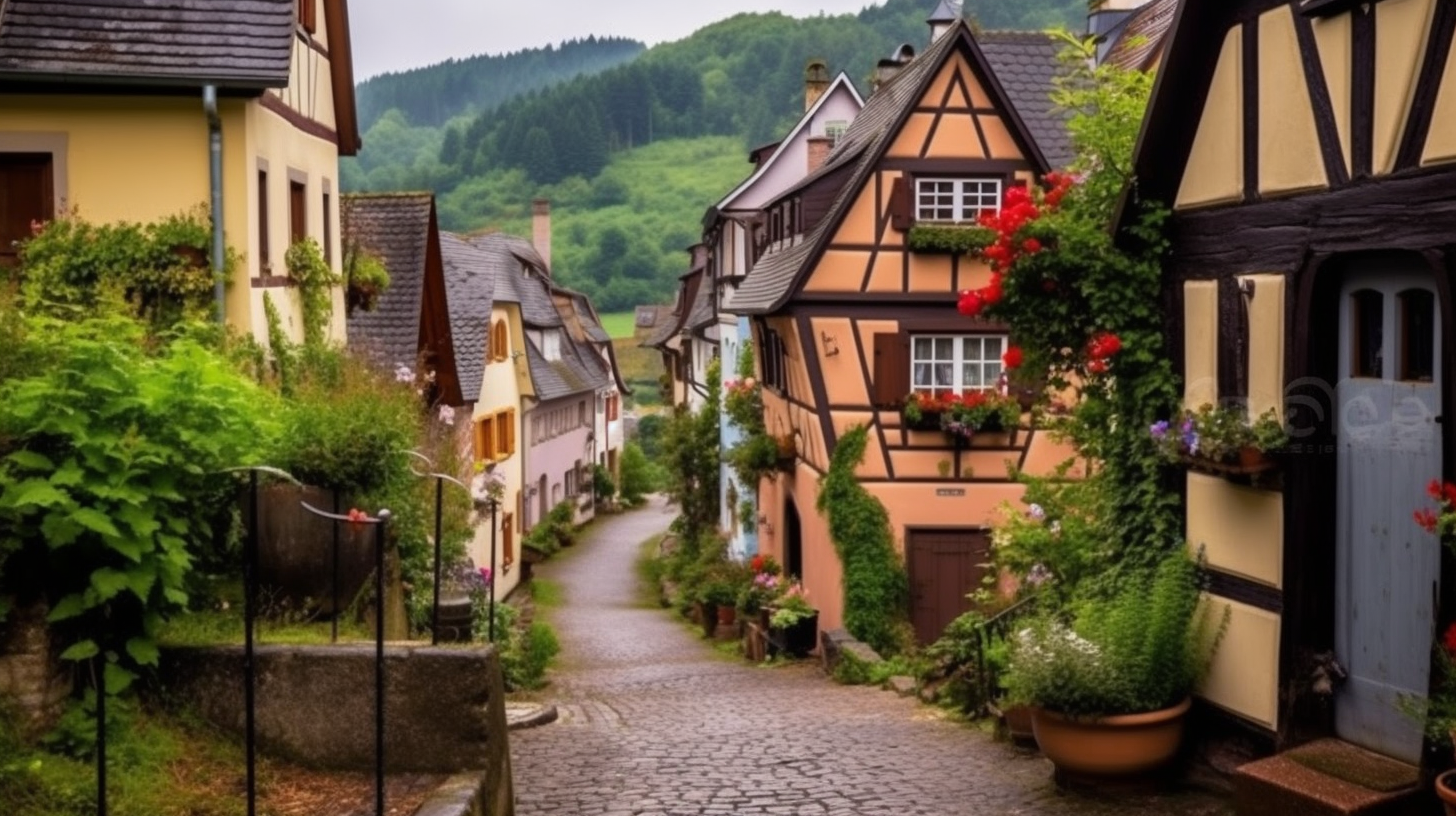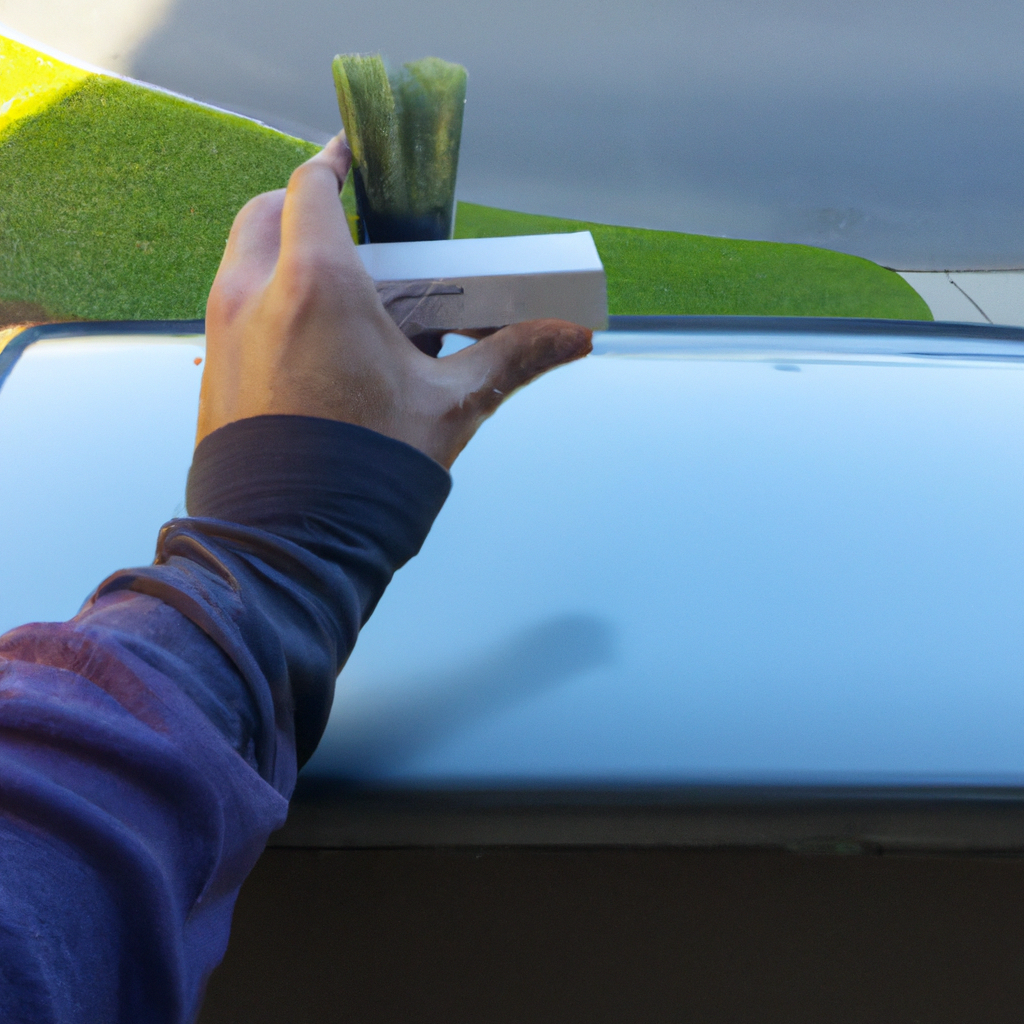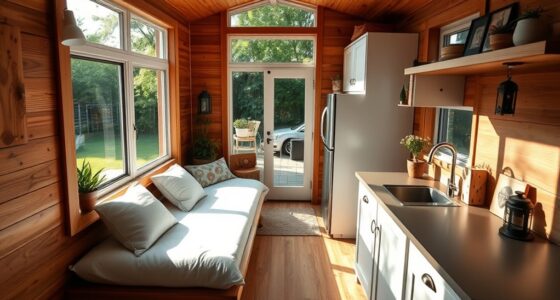If you are considering downsizing your home, you may already be familiar with the concept of tiny houses. These small dwellings embrace a minimalist lifestyle, allowing people to live with less and simplify their lives. The tiny house movement has been growing in popularity, garnering attention for its many advantages. Despite the potential higher initial costs, there are numerous reasons to think about making a tiny house your home. To learn more about the benefits and challenges of living in a smaller space, check out this article.
The Tiny House Movement
While the tiny house movement is still primarily comprised of people seeking an affordable lifestyle, its supporters have grown to include those seeking a simpler, more minimalist life. In fact, the tiny house movement is now so popular that the FYI channel even has a show on it, Tiny House Nation. In 2018, there were estimated to be 99 “established” tiny house builders, with some even having national name recognition. As more people look to reduce their expenses, the tiny house movement has a number of benefits.
The tiny house movement has also emerged as a form of social activism, especially in areas where homelessness is a growing problem. Communities comprised of several tiny homes are considered to be critical to combatting the chronic housing crisis. These communities offer an environment where homeless people can connect with others in similar situations. The movement, however, requires a number of support services to function effectively, and non-profit organizations are often the primary actors. These organizations provide resources and information to help homeless individuals make the right decision.
Tiny houses are difficult to finance and insure, and the value of these homes can be challenging to determine. However, as the tiny house movement continues to grow, big companies are beginning to enter the fray by providing insurance and financing to the tiny house movement. As the little house market matures, more manufacturers offer their own models and plans. The Tumbleweed Tiny House Company in Colorado Springs is one of the largest manufacturers of these homes.
The tiny house movement emphasizes simplicity, debt-free living, and creating memorable life experiences. It is also a significant financial solution and is a growing trend among retirees. Many people in their fifties and sixties are looking for a simple, minimal lifestyle. A tiny house allows them to have a home without owning land. There are a number of benefits of owning a tiny house, and if you are interested in making a change, it might be time to consider a tiny house.
Costs of Building a Tiny House
In addition to building the tiny house, you’ll need to install a power source and plumbing. You may have to spend anywhere from $500 to $20,000. You may also need to hook up the tiny house to a city sewer or a septic tank. If you live off the grid, you may have to install a rainwater collection or a well or use residential solar panels.
Though the initial investment is less than that of a normal-sized house, regular maintenance and repairs are essential. Tiny-house owners can also opt for a composting toilet to reduce water usage. Alternatively, a mobile tiny house can be easily moved and can serve as a mobile home. Depending on the location, the tiny house can be the perfect place for a remote vacation. And as long as you have a car, you can travel to a different location with ease.
While you can save money on a contractor, you should know that you may need to pay a service fee for their work. Some contractors charge about 10 percent of the materials they install. It’s worth knowing that you can avoid this fee by ordering the materials yourself. You can also save money by using secondhand furniture and appliances. Then, you can update the fixtures later. You can also consider converting an existing structure into a tiny house.
When constructing a tiny house, you should consider the cost of appliances. A small refrigerator and stove are essential, but a dishwasher is optional. If you want to use a dishwasher, consider getting one that is half the size. Other types of appliances that you may want to consider are a half-size or quarter-sized refrigerator. The cost of the appliances can vary depending on the size of your kitchen.
Framing a tiny house is a relatively inexpensive process. The materials for a typical tiny house can range anywhere from $550 to $1400. This can range from the price of lumber to the cost of a metal framework kit. You can customize the size and configuration of your tiny house. Using a prefabricated unit will also cut down on the cost of labor. However, you may want to consider a professional to finish your tiny house.
Challenges of Living in A Tiny House
One of the biggest challenges to living in a tiny house is the lack of storage space. Many people find it difficult to part with items that are no longer useful, but if you downsize your belongings, you’ll find you’ll need to use clever storage methods. It might seem daunting, but fellow tiny house owners have a lot of tips to help you through this process. One excellent resource is a blog dedicated to living in a tiny house.
However, living in a tiny house isn’t for everyone. For example, a little home won’t be comfortable for people with attachment issues, or those with claustrophobic tendencies. A tiny house may also be too small for a large family. Those with children may have difficulty living in a little house, and those with older children and teens may have trouble adjusting to the small space.
The biggest challenge is keeping children’s clothing out of sight. A tiny house doesn’t offer much space for a large family to store their clothing, so children may have to keep off-season clothing in a friend’s room. Additionally, larger families may want to consider purchasing a larger Tiny House to have a bit more elbow room. But even with all the limitations of space and storage, living in a Tiny House is a great experience!
Another challenge for tiny house owners is entertaining. During the warm months, it is often best to entertain outdoors, but in the colder seasons, the options for entertaining are limited. And when the weather is bad, you’ll likely have to resort to a different style of entertainment. Living in a tiny house can be an incredible experience, but you’ll need to learn to adapt and find your own rhythm. Remember, a tiny house is only as good as the people inside it.
As with any new home, a tiny house can present its own challenges. Not only are you limited in space and storage, but the legalities of living in a tiny house can also pose challenges. While tiny homes are becoming increasingly popular, the rules and regulations regarding living in a tiny house are still finalized in many areas. As a result, tiny house dwellers are still living in limbo. It’s important to research local laws and regulations before starting a small house project.
Benefits of Living in A Tiny House
When you live in a tiny house, you’ll save lots of money on energy and maintenance costs. The smaller the space, the less stuff you have. You’ll also spend less time cleaning, as there’s no place for clutter. Plus, there’s less need to buy groceries and store your things. You’ll also save on your property taxes. The advantages of living in a tiny house are numerous.
One of the main advantages of living in a tiny house is it’s environmentally friendly. Many tiny houses are entirely off the grid, using solar or wind resources for power. In addition, a composting toilet can be added to the house for an eco-friendly bathroom experience. A tiny home also reduces utility costs because smaller appliances use less energy. In addition, smaller spaces require less energy to heat and cool.
Another advantage of living in a tiny house is that it’s cheaper to build. The cost of constructing a tiny house is much lower than for a traditional home. Many of these homes can be constructed on trailers, so they can be moved wherever the owners want. The lack of maintenance also frees up your time for other things like work, hobbies, and relationships. It’s a win-win situation for everyone.
The portability of a tiny house is also a great benefit. You can easily hook up your tiny home to a trailer or truck and move it from place to place. In addition, you can also reuse materials from your tiny home. You can even paint your tiny house in an afternoon. It’s the perfect canvas for redecorating. Whether you’re redecorating your entire home or just a few rooms, living in a tiny house is a great way to live green.
The Kasls’ tiny house also doubles as a school. This gives Kim Kasl more time to spend teaching her kids. Because of the small space, the kids have to be more creative. They learn how to make art, do sewing, and raise animals. All of this makes their tiny home a greener home for the whole family. It also allows them to be more active in their community, including their neighborhood.
I’m Theodore, and I love tiny houses. In fact, I’m the author of Tiny House 43, a book about tiny houses that are also tree houses. I think they’re magical places where imaginations can run wild and adventures are just waiting to happen.
While tree houses are often associated with childhood, they can be the perfect adult retreat. They offer a cozy space to relax and unwind, surrounded by nature. And since they’re typically built on stilts or raised platforms, they offer stunning views that traditional homes simply can’t match.
If you’re looking for a unique and romantic getaway, a tree house tiny house might just be the perfect option.
